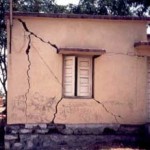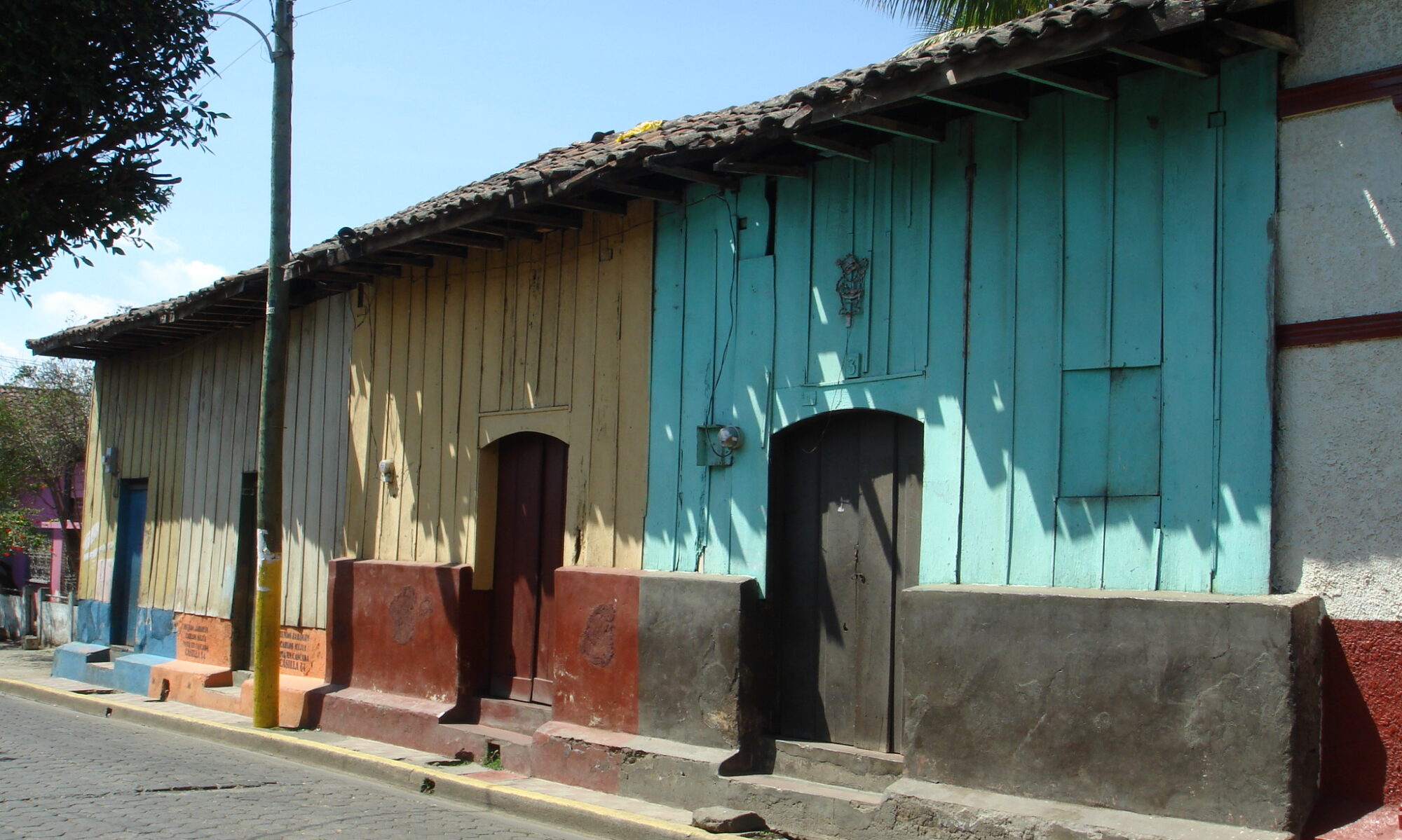TUTORIALS | HOUSING REPORTS
Bricks were first fired around 3500 BC, in Mesopotamia, present-day Iraq, one of the high-risk seismic areas of the world. The ziggurat temples at Eridu, possibly the world’s first city, have withstood not only earthquakes but also wars and invasions. From Roman aqueducts and public buildings to the Great Wall of China, from the domes of Islamic architecture to the early railway arch bridges, from the first 19th century American tall buildings to the 20th century nuclear power plants, bricks have been used as structural material in all applications of building and civil engineering.
The most commonplace use of bricks worldwide throughout time is in residential dwellings. The shape and size of bricks can vary considerably, and similarly the mortars used depend on local material availability, but the basic form of construction for houses has minor geographical variations and has changed relatively little over time.
The worst death toll from an earthquake in the past century occurred in 1976 in China (T’ang Shan Province), where it is estimated that 240,000 people were killed. Most of the deaths were due to the collapse of brick masonry buildings.
In more recent times, seismic codes place substantial constraints on unreinforced brick masonry construction in earthquake-prone areas, limiting the allowed number of stories, the minimum thickness of walls, and the number and position of openings. As a result, construction of load-bearing unreinforced brick masonry structures has dwindled in these countries, and alternative forms of construction such as confined masonry or reinforced masonry, considered less vulnerable, have been developed instead. The present section describes only unreinforced, fired-brick masonry structures, while other forms of masonry construction, from stone and sun-dried brick to reinforced and confined masonry, are treated in other sections of this volume

Further introductory reading: “Unreinforced Brick Masonry Construction”
(Dina D’Ayala, University of Bath, United Kingdom)
Download : ENGLISH [0.4MB]
Contents:
-Masonry Fabric
-Performance in Past Earthquakes
-Seismic Strengthening

